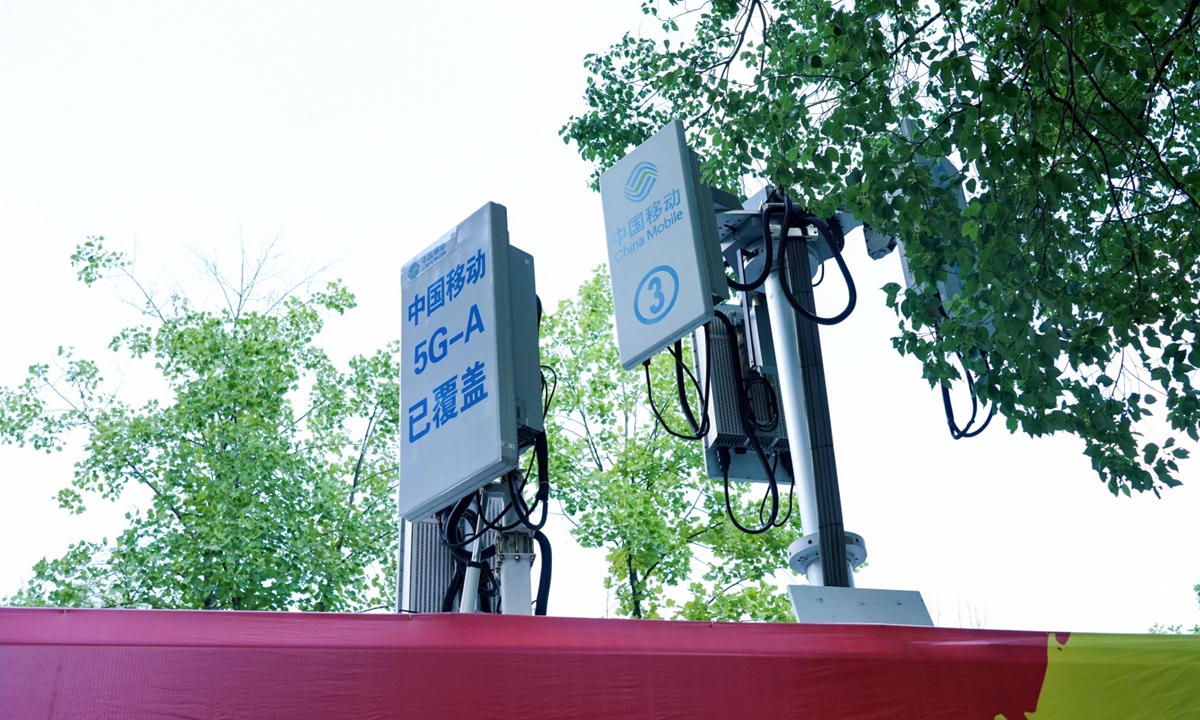Google Forms Strategic Alliance with Kairos Power for Nuclear Energy

The announcement of a partnership between Google and Kairos Power to construct a modern nuclear reactor for the Tennessee Valley Authority (TVA) represents a significant milestone for the U.S. energy landscape, particularly in the domain of nuclear energy. By committing to a power purchase agreement for up to 50 megawatts from the Hermes 2 reactor planned for completion by 2030, the TVA is making strides toward diversification in its energy mix. This collaboration could act as a catalyst for the revival of nuclear power in America, which has struggled under the weight of cost overruns and regulatory hurdles in recent years.
One of the most compelling elements of this deal is the innovative approach being taken by Kairos Power and its focus on standardizing reactor designs, using molten salts for heat transfer. This not only enhances efficiency but also minimizes risks associated with high-pressure systems typically found in larger reactors. Historically, as evidenced by the beleaguered Plant Vogtle project, the average 1,000-megawatt reactors have been plagued with delays and budget bloat—factors that dissuade utility operators from pursuing nuclear options. With a projected capacity increase to 75 megawatts, Hermes 2 exemplifies a new paradigm that may reverse America's reliance on traditional fossil fuels while meeting growing energy demands without burdening consumers.
Dissecting this partnership further, one observes its implications for energy policy formation and climate goals. Google, alongside Kairos Power, is positioning itself as a leader in the green-energy transition. This is critical, considering that energy-intensive industries increasingly seek sustainable solutions to power their operations, with tech giants leading the charge—especially as they ramp up the requirements for energy to support artificial intelligence and other high-demand services. Yet, one must ask: can collaborative efforts between tech giants and energy startups alleviate long-standing skepticism over nuclear energy's viability? While optimistic, don't forget that the commercialization of these smaller reactors faces serious hurdles, including initial capital outlay and regulatory uncertainties, which remain to be addressed. This may deter stakeholders from fully committing, despite the promise of enhanced efficiencies and lower operational risks.
Looking ahead, the implications of the Hermes 2 project could stretch far beyond Tennessee. Should the TVA’s pilot project succeed, it could signal a shift toward increased investment in next-generation nuclear technology nationwide. However, stakeholders must remain vigilant against complacency: if overlooked, regulatory delays and public resistance to nuclear energy—historical pain points—could sabotage progress. Although initial investment costs appear daunting, the long-term benefits of establishing a robust infrastructure for modern reactors could yield immense dividends for both energy security and environmental sustainability.
In conclusion, the Google-Kairos initiative serves as a case study in innovative collaboration shaping the future of energy. With increasing pressure on regulators to find pathways for sustainable energy solutions, the development of small nuclear reactors could play a pivotal role in the U.S.'s energy transition. While challenges remain—including potential public hesitance and regulatory barriers—the project's success could position Tennessee as a leader in the advanced nuclear sector, all while creating potential ripple effects across the Americas.
Read These Next

5G-A Technology Boosts China's Football Star Suchao
China's 5G-A tech by China Mobile Jiangsu enhances fan engagement in amateur football leagues, transforming live match experiences.

JSW Steel and POSCO to Discuss Integrated Steel Plant in India
JSW Steel and Posco signed a non-binding agreement on Aug 18 to explore a 6M ton steel plant in India, boosting cooperation.

Tianjin Zhonghuan's Share Reduction: Impact on Governance and Trust
Tianjin Zhonghuan Information Industry Group Co., Ltd. has reduced its stake in Leshan Electric Power Co., Ltd. by 1%, from 13.74% to 12.74%, as part of a strategic adjustment in equity structure. The announcement reflects compliance with regulatory standards and poses minimal risks to corporate governance.
